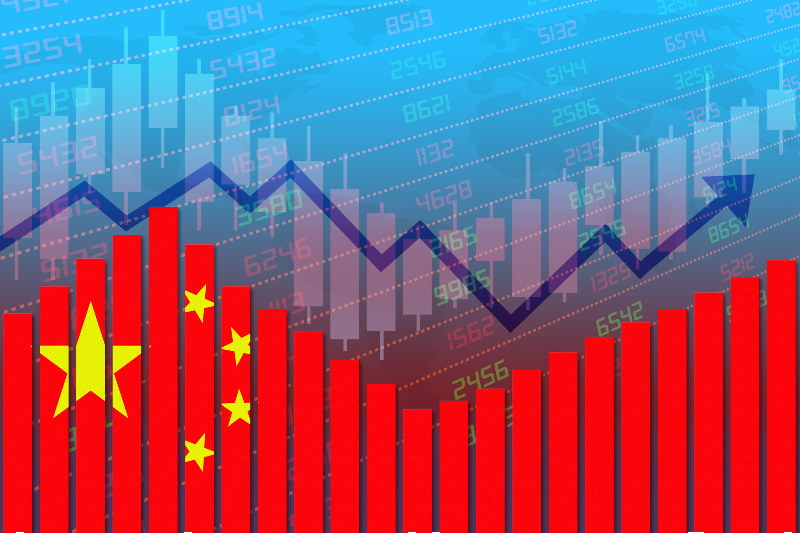

Thanks to index-inclusion rules, fund managers are missing a huge part of the Chinese market — the $8-trillion A-shares that trade in Shanghai and Shenzhen and are favoured, for good or ill, by mom-and-pop investors who currently represent 80 percent of the volume. While volatile, the shares represent major portions of the Chinese economy, such as equipment makers and consumer goods, as opposed to the financial and technology stocks listed in Hong Kong, says John Lin, a portfolio manager at AB who spoke at the 2017 Global Investment Conference this past March.
Global index makers are starting to change their minds about A-shares, however, and are considering gradually including them in the indices. That could lead, Lin thinks, to the creation of new indices: All-China and emerging markets ex-China, akin to Asia ex-Japan. Right now, Chinese shares make up 20 percent of the emerging market indices. With full inclusion, China would constitute 40 percent of emerging market shares.
Right now, the Qualified Foreign Institutional Investor (QFII) scheme and the RMB Qualified Foreign Institutional Investor (RQFII) scheme, introduced in 2002 and 2011, respectively, allow direct access to China’s capital markets. Investors are subject to conditions, including licencing requirements, quotas and redemption limitations. Since 2014 and last December, respectively, the Shanghai and Shenzhen stock exchanges have participated in Stock Connect. This program links them to the Hong Kong Stock Exchange and enables foreign investors to buy A-shares with fewer restrictions than under the QFII schemes.
That solves the execution problem. But the behavioural problem is a different challenge.
Human Behaviour
Mainland Chinese investors tend to be retail, buying stocks on the way to the supermarket and holding for extremely short periods — often a week. As a result, A-shares don’t perform according to traditional stock metrics.
“China is a very emotional market; people tend to get overly optimistic or overly pessimistic, so that creates opportunities for us,” explains Lin, adding that institutional managers behave like retail investors, since they are ranked on their performance every Friday.
As a result, dual-listed shares — A-shares and H-shares listed in Hong Kong — can have different valuations.
The best predictor for A-share and H-share valuation differences tends to be size, Lin notes, because of Chinese investors’ traditional preference for small caps. The one metric that does work, Lin says, is earnings revision — investors pay attention to that. Momentum, by contrast, does not work because stocks can reverse in a month — retail investors are quick to cash out when they’ve hit their target.
But once short-term trends are put aside, Lin says, “over time, traditional value factors work extraordinarily well.” Lin doesn’t expect that the A-shares market will change once it becomes global; instead, the Hong Kong market will begin to move like A-shares as more shares trade. By the same token, the Chinese market is not yet entirely amenable to passive investing — at crisis times, exchange-traded funds have significantly underperformed their benchmarks.
As the Chinese market opens, Lin notes, institutional investors have three choices. They can ignore A-shares until they are fully included in the market indices. They can add a stand-alone A-share component, which is increasingly easy to do — but at the risk of doubling up on shares their emerging market manager might already own. Or they can prepare for the future and implement an emerging markets ex-China and an All-China strategy.
